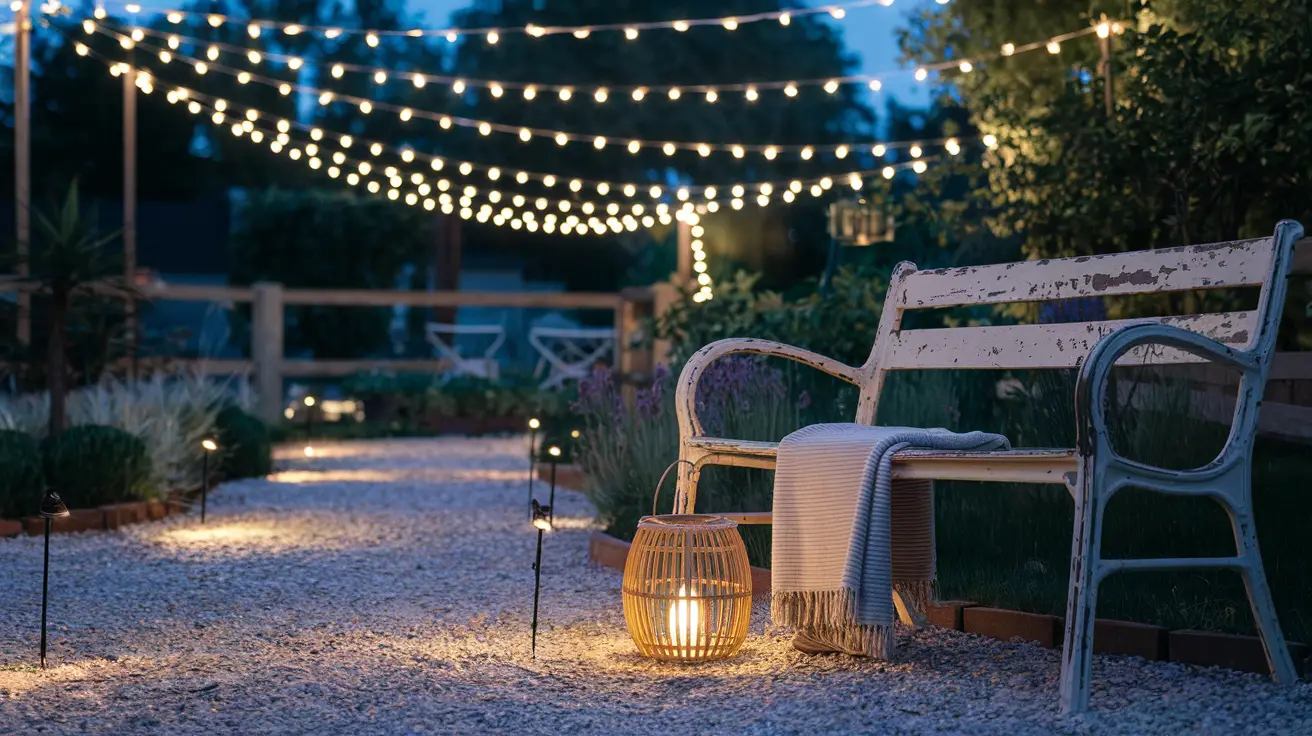
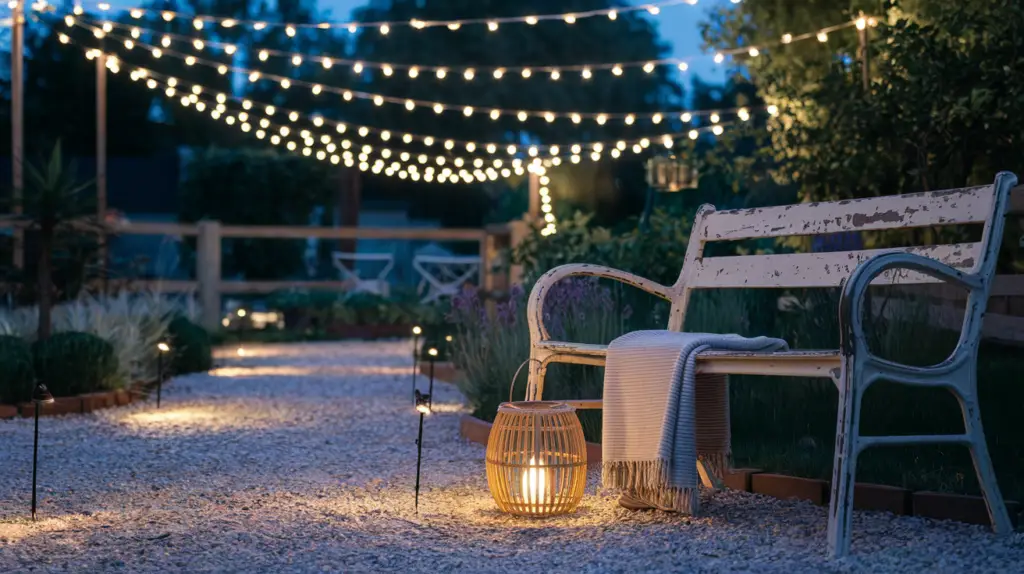
Written in the voice of Emily “GreenThumb Mum” Clarke — with that usual mix of chaotic charm, tea-fuelled wisdom, and the kind of outdoor DIY that happens in school runs and nap windows.
You ever look at your backyard and think… “yep, this is the outdoor equivalent of a junk drawer”? Because I have. Multiple times. Ours had a rogue paddling pool, half a sandpit, and three slightly terrifying gnomes that somehow survived two winters and one unfortunate birthday barbecue. It wasn’t a disaster exactly, but it also wasn’t what I’d call relaxing.
And I’m not talking about one of those budget makeovers where “budget” means £9,000 worth of teak and a hired team called Nigel & Sons. I mean real DIY. You, your partner, the kids “helping,” and about three weekends’ worth of YouTube videos.
This post is for every family who wants a useable outdoor space that doesn’t feel like a catalogue, but also doesn’t look like a campsite exploded. It’s about small wins, clever layout tricks, and stuff you can actually do on a normal-person budget. So let’s get stuck in, yeah?
Start With a Sketch (and Be Brutally Honest About the Chaos)
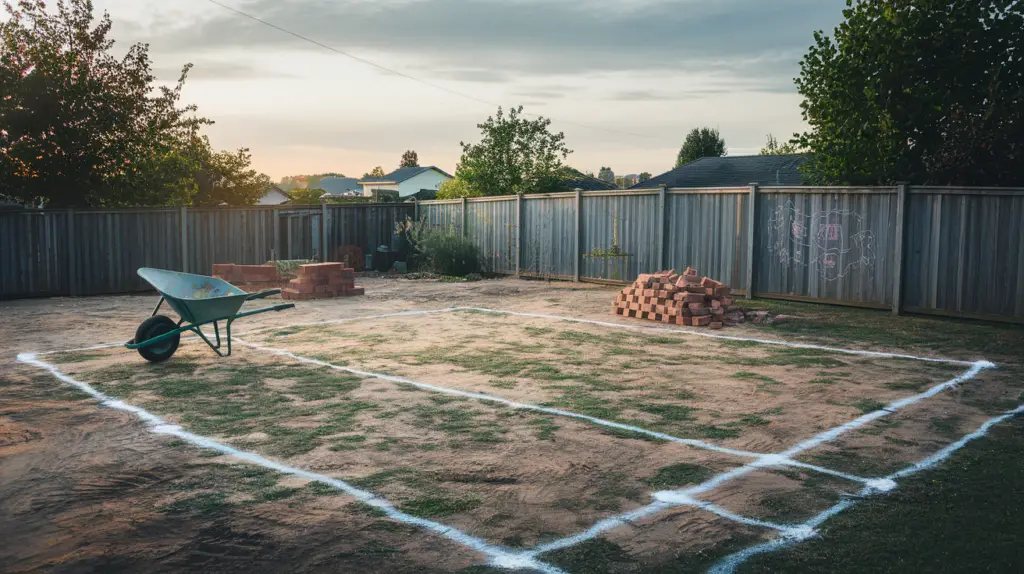
Before you so much as touch a trowel, grab a notebook and sketch out what’s already happening in your yard. Where does the sun hit in the morning? Where does your kid insist on digging holes? Which patch is currently home to the paddling pool you forgot to deflate last September?
I find this part weirdly therapeutic. You’re not trying to design Versailles. You’re just getting honest about the mess and figuring out how to work with it. It’s the mum-life version of decluttering the kitchen drawers — except it involves more weeds and probably a rogue football.
Once you’ve got a layout, mark out “zones” for play, chill, dining, and a bit of green. The key here is to accept your space for what it is — big, tiny, sunny, shady — and create a plan that doesn’t fight it. We used scrap cardboard to map ours out in real life before touching the ground. Highly recommend.
Create a Budget (Then Double It Mentally for the Bits You Forget)
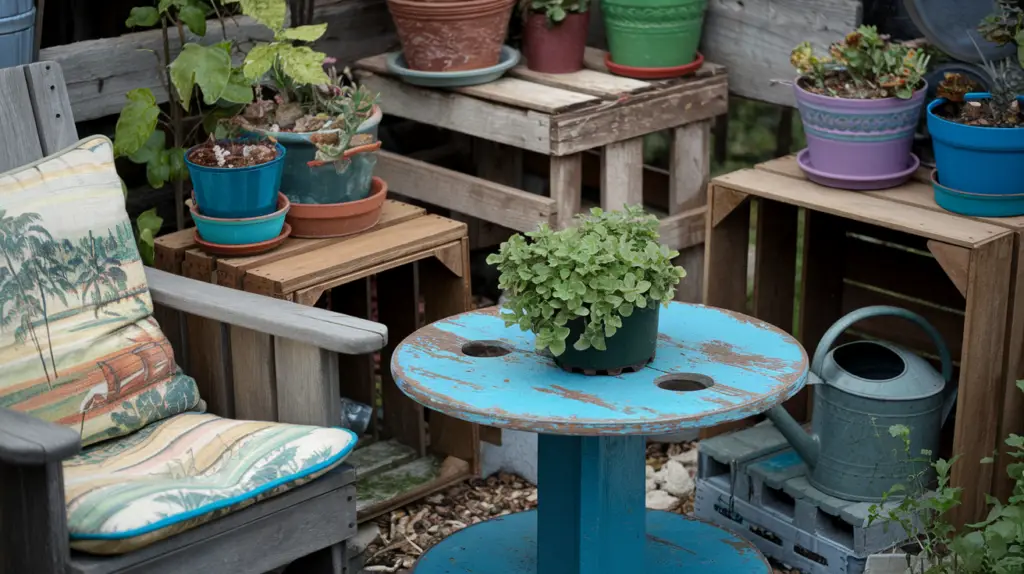
Okay, budgeting. Not sexy. Not fun. But so important, especially when DIY-ing with kids and caffeine as your two main resources. List out your absolute must-haves: maybe that’s a small deck, a patch of fake turf, or a built-in planter box made from repurposed pallets.
Then add a “wish list” — fairy lights, a little water feature, maybe one of those egg chairs that everyone’s obsessed with. You might not do all of it now, but it gives you direction when you’ve got £20 left in the pot and a wild urge to buy lavender plants.
Top tip? Facebook Marketplace. Our outdoor table was £15 and came with bonus spiderwebs. Also, reuse where you can. Old bricks become borders. Tyres can become planters or mini sand pits. It’s not about doing things perfectly. It’s about doing things cleverly.
Think Like a Family (Not a Pinterest Board)
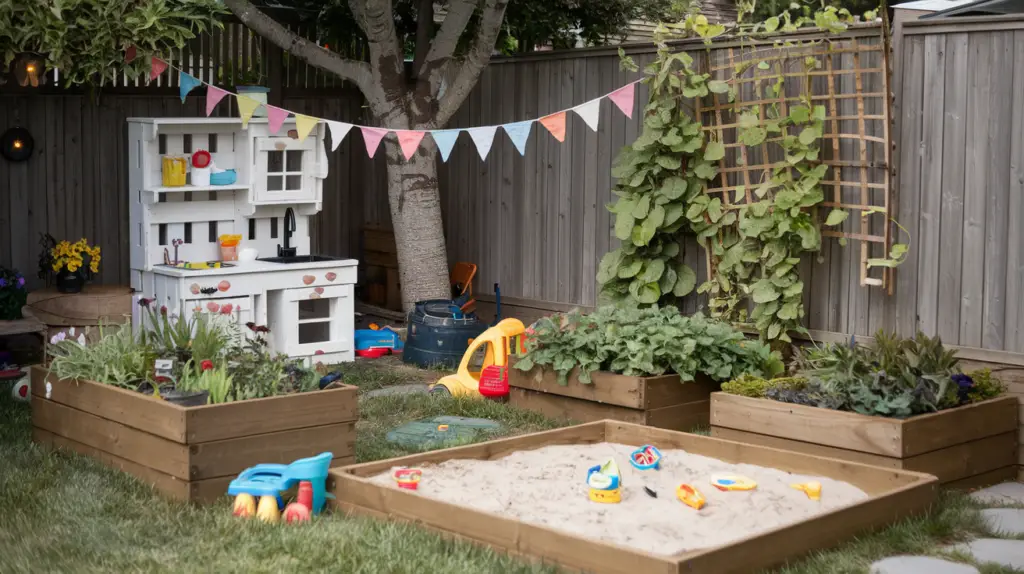
You know those dreamy photos with white cushions, spotless gravel paths, and a toddler delicately watering succulents? Lies. All lies. If you’ve got kids, dogs, or the occasional clumsy uncle, you need a layout that can take a beating and still look cute.
We made the mistake of putting a firepit in the play area. Lesson learned. Now we’ve got a defined space for kids to play (wood chip floor, a mud kitchen, and a crate full of chalk), and a little “grown-up zone” with foldable chairs and a crate coffee table.
Layout is everything. Use different floor textures to separate areas — think gravel for paths, bark for play, and cheap decking tiles for chill zones. It tricks the brain into thinking there’s more space than there actually is. Plus, it helps contain the chaos.
Add Greenery That Survives the School Holidays
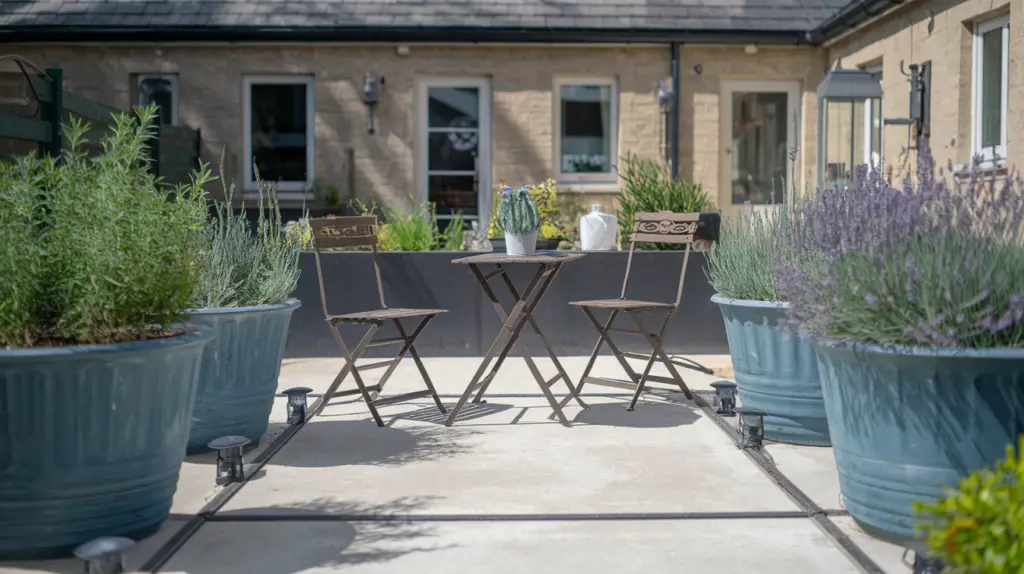
I don’t know about you, but I have exactly three plant moods: optimistic in March, panicked in July, and guilty in October. That’s why every plant in our yard needs to be borderline indestructible or a fake.
Try raised garden beds if your kids love helping but also love digging things up. We made one from an old bookshelf — genuinely one of my prouder parenting moments. Herbs like rosemary, mint, and thyme are brilliant because they smell amazing, survive general neglect, and look like you know what you’re doing.
You can also cheat a bit with vertical planters or hanging baskets. They make the place feel lush without stealing play space. Bonus points if your plants attract butterflies or bees — makes you look eco-conscious even if you’re just trying to hide the compost bin.
Bring in the Details That Make It Feel Like Your Backyard
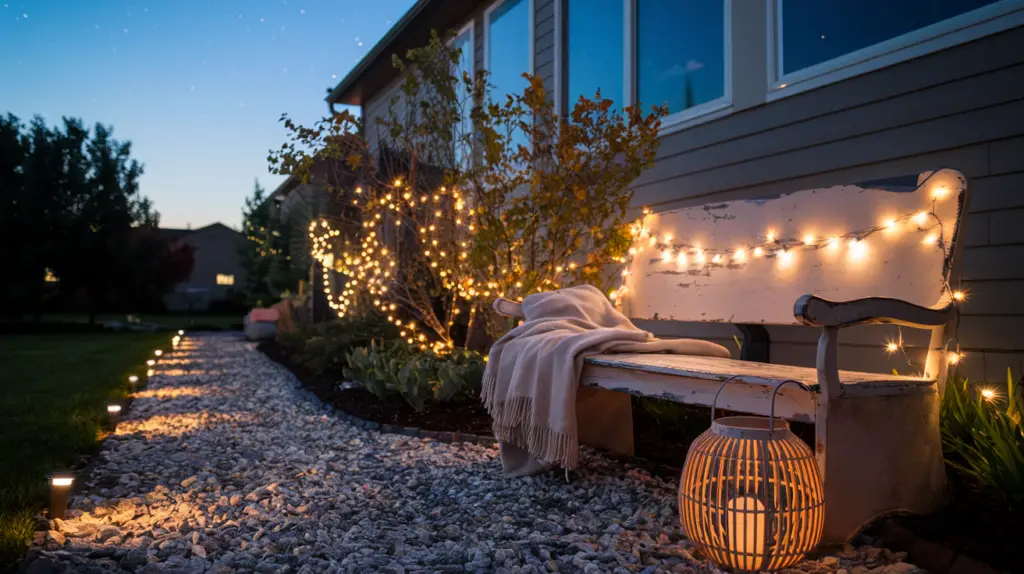
You know what really makes a remodel sing? It’s not the fancy fence paint or the symmetrical stepping stones. It’s the stuff that reflects your family. The chalkboard wall with crooked drawings. The solar lights shaped like pineapples. The DIY birdhouse that’s probably a bit wonky but filled with charm.
For us, it was a washing line strung between a tree and the shed, and a rainbow wind spinner the kids picked out at a car boot sale. Suddenly it didn’t feel like someone else’s Pinterest board — it felt like ours.
Hang string lights, make space for barefoot mornings, and don’t be afraid to leave a few edges rough. Perfection isn’t the goal. Comfort, fun, and a little bit of “yep, we built this ourselves” pride? That’s the vibe.
Final Thoughts
Backyard remodels on a budget aren’t about spending less — they’re about thinking smarter. It’s about using what you’ve got, embracing the mess, and building something bit by bit that actually works for your life right now.
So if you’re looking at your garden and wondering if you should just give up and plant turf everywhere… don’t. Grab your sketch pad, start small, and remember: fairy lights cover a multitude of sins.
Also? Gnomes. Surprisingly good at hiding scuffed fence paint.
